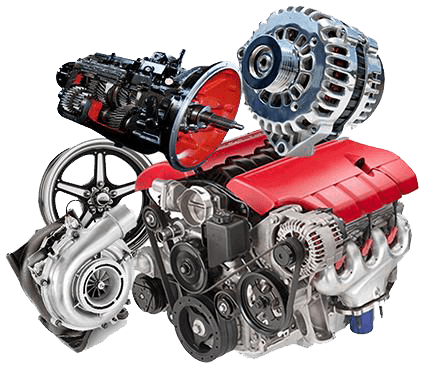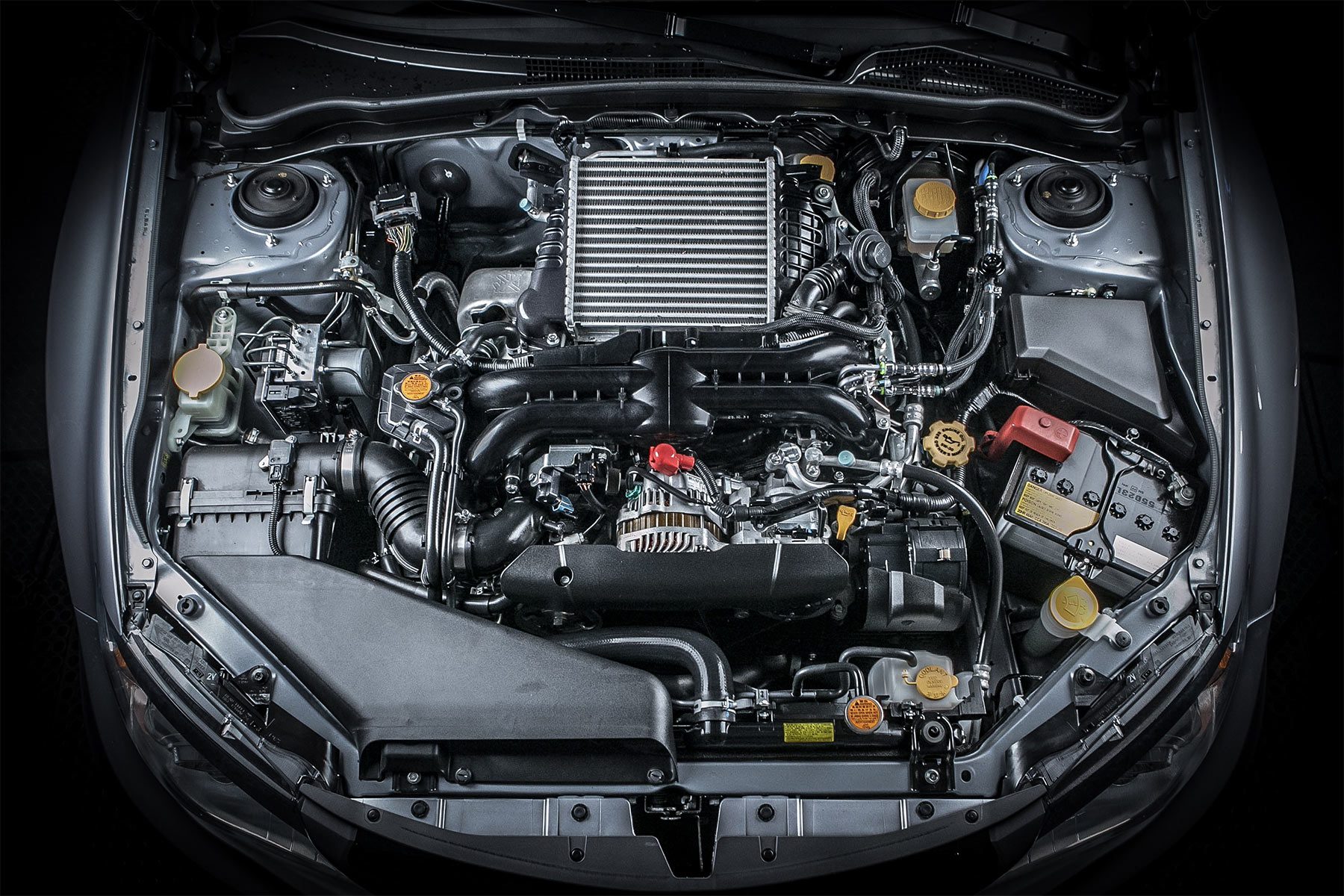Opel Corsa Engine: Top Tips for Maintenance and Care
Opel Corsa Engine: Top Tips for Maintenance and Care
Blog Article
Exploring the Inner Operation of a Compact Vehicle's Engine System
As vehicle drivers, we usually take for granted the detailed processes that take place within the confines of our vehicle's engine system. The portable yet complicated machinery that propels us onward is a marvel of design precision and control. From the regulated explosions in the combustion chamber to the thorough timing of fuel shot, every component plays a crucial function in the smooth procedure of the engine. In this exploration of a portable car's engine system, we will untangle the inner operations of this mechanical symphony, shedding light on the secrets that drive us forward on our day-to-day journeys.
Combustion Process Introduction
The combustion process in a small lorry's engine system is a vital device that efficiently converts fuel into energy to power the vehicle. This process happens within the burning chamber of the engine, where gas and air mix, stir up, and produce controlled surges. The burning procedure includes 4 major phases: consumption, exhaust, power, and compression.
During the consumption stage, the piston relocates downward, reeling in a mixture of air and gas into the combustion chamber. The next phase, compression, involves the piston relocating up, compressing the air-fuel blend to increase its strength. Subsequently, in the power stage, the ignition system ignites the pressed mixture, leading to a fast expansion of gases that requires the piston back down. This descending movement produces the power required to drive the lorry. In the exhaust stage, the scorched gases are expelled from the burning chamber via the exhaust valve, preparing the chamber for the following cycle. This cyclic burning process is essential to the procedure of a portable car's engine system, ensuring efficient power conversion for propulsion.
Piston and Cylinder Interaction

The piston's precise fit within the cylinder is important for maintaining ideal compression and preventing energy loss during combustion. Limited clearances between the piston and cylinder walls ensure efficient securing, enabling the piston to move smoothly without allowing gases to leakage past. Appropriate lubrication is likewise essential to reduce rubbing and put on in between these elements, improving longevity and performance.
Furthermore, the style and materials made use of in making the piston and cyndrical tube effect engine effectiveness and durability. Modern engines often use light-weight yet long lasting products like light weight aluminum alloys for pistons and cylinder linings to lower inertia and boost thermal effectiveness. Generally, the harmonious communication between the piston and cyndrical tube is essential to the engine's functionality and total performance.
Gas Injection System Capability
Gas injection systems in portable car engines play a crucial duty in exactly delivering gas to the combustion chamber for reliable and controlled ignition. The fuel shot system works by injecting gas into the burning chamber at the ideal moment during the engine's procedure (opel corsa engine). This accurate timing ensures that the gas mixes uniformly with the air for proper burning, leading to enhanced gas effectiveness and lowered discharges
There are largely two kinds of fuel injection systems made use of in compact automobile engines: port gas injection (PFI) and straight gas injection (DFI) PFI systems infuse gas into the consumption port prior to the intake valve, while DFI systems infuse fuel directly right into the combustion chamber. Both systems have their advantages, with DFI supplying better fuel atomization and PFI giving a more economical remedy.
Understanding Engine Air Conditioning Devices
Efficient procedure of a portable vehicle's engine depends greatly on the performance of its cooling mechanisms. Engine cooling is important to prevent overheating, which can cause significant damages and decreased performance. The cooling system in a small automobile commonly contains several elements working with each other to manage the engine temperature level. One important component is the radiator, which makes use of coolant to take in warmth from the engine. As the hot coolant moves with the radiator, it launches warmth right into the air, cooling before returning to the engine. The water pump flows the coolant via the engine and radiator, guaranteeing a constant flow to control temperature. Furthermore, the thermostat assists manage the coolant flow to maintain optimal engine temperature. Some cars likewise have cooling fans that trigger when additional cooling is needed, such as during heavy web traffic or heat. Recognizing these engine air conditioning devices is crucial for preserving the performance and longevity of a portable lorry's engine system.

Exhaust System Parts Explained
The ideal functioning of a portable lorry's engine cooling mechanisms relies on a complementary system recognized as the exhaust system, which makes up different important components for making certain effective emissions and engine efficiency. The exhaust system includes parts such as the exhaust manifold, catalytic converter, muffler, and tailpipe. The exhaust manifold gathers exhaust gases from the engine's routes and cyndrical tubes additional resources them to the catalytic converter. The catalytic converter then transforms dangerous pollutants in the exhaust right into much less dangerous emissions prior to releasing them via the muffler and tailpipe.
One crucial element of the exhaust system is the oxygen sensing unit, which keeps track of the oxygen degrees in the exhaust gases to help control gas usage and make certain ideal engine efficiency. opel corsa engine. Additionally, the resonator may exist in some exhaust systems to reduce noise levels. In general, the exhaust system plays a vital role in maintaining engine efficiency, reducing dangerous emissions, and making sure a quieter driving experience for portable vehicle owners

Conclusion
To conclude, the portable car's engine system is an intricate mix of components that interact to promote the combustion process, convert fuel right into power, and eliminate waste gases. Understanding the inner functions of the engine system, consisting of the my sources piston and cyndrical tube communication, gas shot system, engine air conditioning mechanisms, and exhaust system components, is important for preserving optimum efficiency and performance of the lorry.
The burning procedure in a compact vehicle's engine system is a vital system that effectively transforms gas right into energy to power the car.Fuel injection systems in compact car engines play a vital function in exactly providing fuel to the combustion chamber for regulated and reliable ignition.There are mostly 2 types of fuel injection systems made use of in portable lorry engines: find here port gas injection (PFI) and direct fuel shot (DFI) Recognizing these engine air conditioning systems is important for preserving the performance and long life of a portable automobile's engine system.
The ideal functioning of a compact lorry's engine cooling devices depends on a corresponding system understood as the exhaust system, which consists of numerous necessary elements for guaranteeing reliable exhausts and engine efficiency.
Report this page